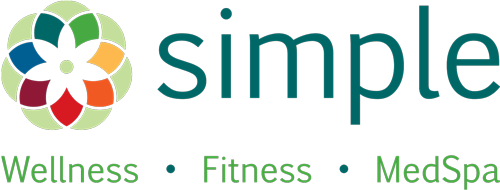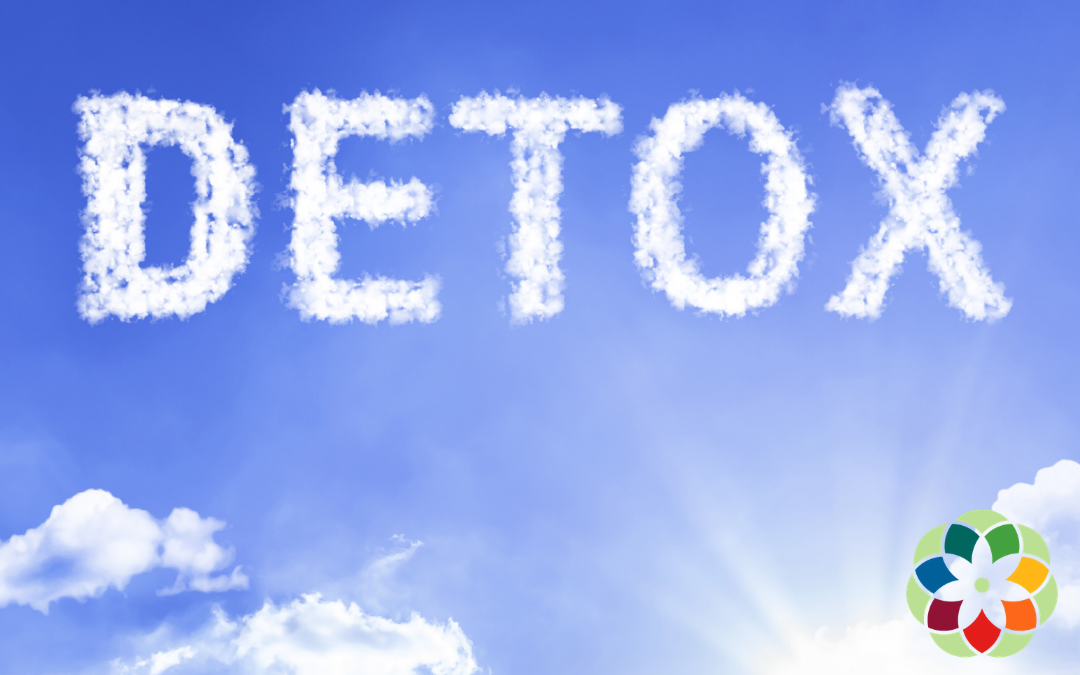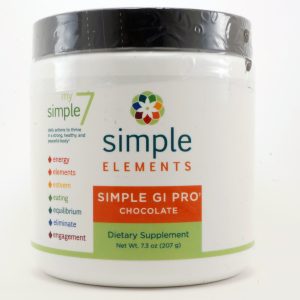In western culture, the social media environment offers a platform for glorifying certain body types of men (e.g., muscular, lean) and women (thin, lean) and the methods used to achieve them. A ‘detox’ diet is meant to detoxify the body of impurities, improve health, and facilitate weight loss Klein & Kiat (2015). Social medial promotions for detox diets usually depict a young adult with a “detox” pill, patch, juice, or tea.
While the user’s intent may be to influence others (see “fitspiration”), the use of these images and products can negatively affect viewers’ body images and affect (Tiggemann & Zaccardo, 2015). Posts about detox are written to convince viewers that the products will improve their health, eliminate toxins, and promote weight loss. As a young woman who regularly scrolls through her Instagram and Facebook feed, I am inundated with information about how a detox will “improve my life” by flattening my stomach or reducing inflammation. It seems like the detox posts only tailor to a specific body type, leading viewers to think they can achieve a similar body structure and that the image depicted represents ideal health.
I often wonder how these products work in my body. What sort of toxins are flushed away by fluids? Will my body change size and shape? To me, healthful living is not represented by an image of a body with a lean physique. “Health” can look different on every body. Wouldn’t it helpful if a detox post could focus more on internal health than physical appearance?
Learn more about the Simple Weight Loss Plan which includes the Simple 7-day Detox program.
Klein, A.V. & Kiat, H. (2015). Detox diets for toxin elimination and weight management: a critical review of the evidence. J Hum Nutr Diet. 28, 675–686. doi: 10.1111/jhn.12286
Tiggemann, M. & Zaccardo, M. (2015). “Exercise to be fit, not skinny”: The effect of fitspiration imagery on women’s body image. Body Image, 15, 61-67. doi: 10.1016/j.bodyim.2015.06.003.



